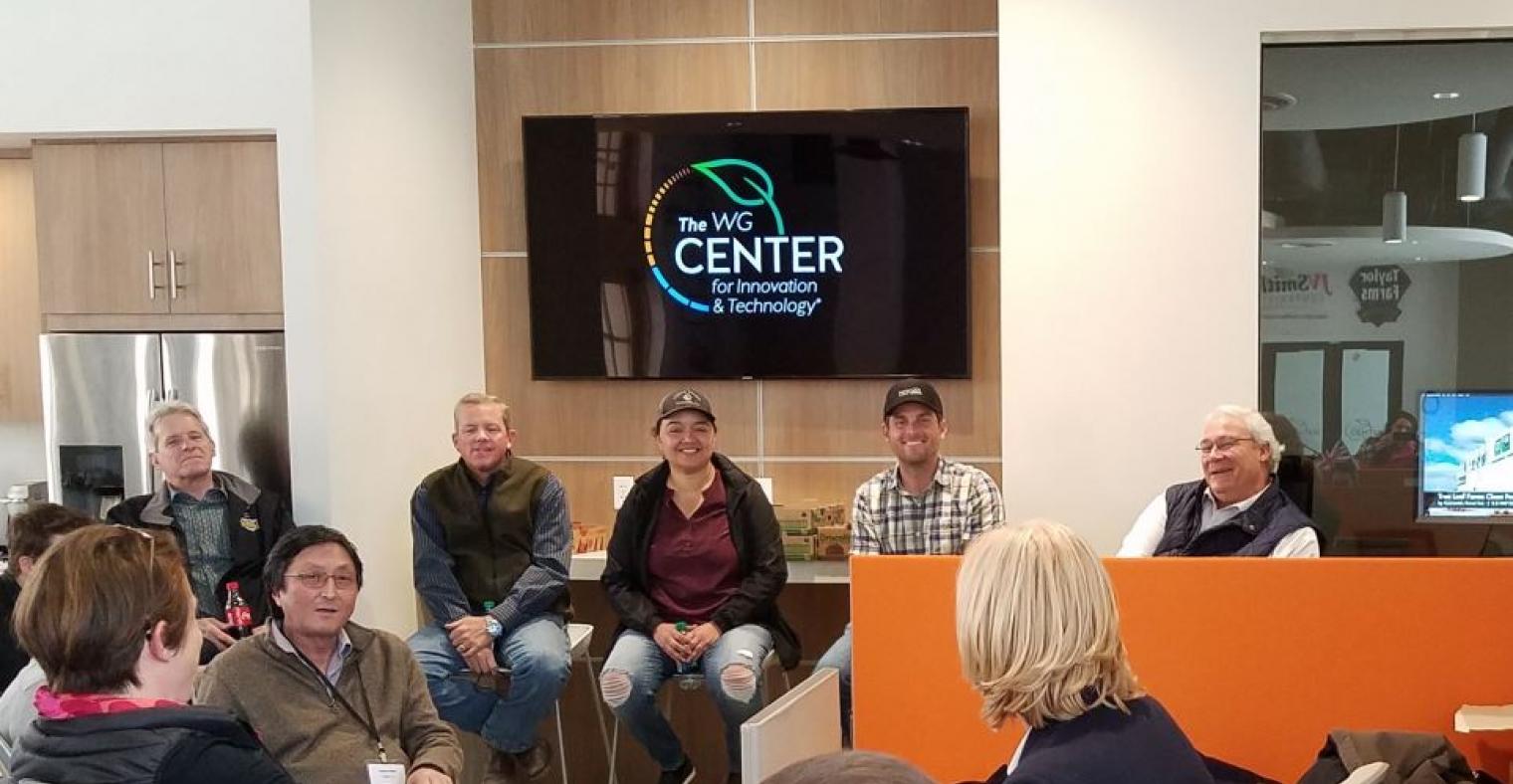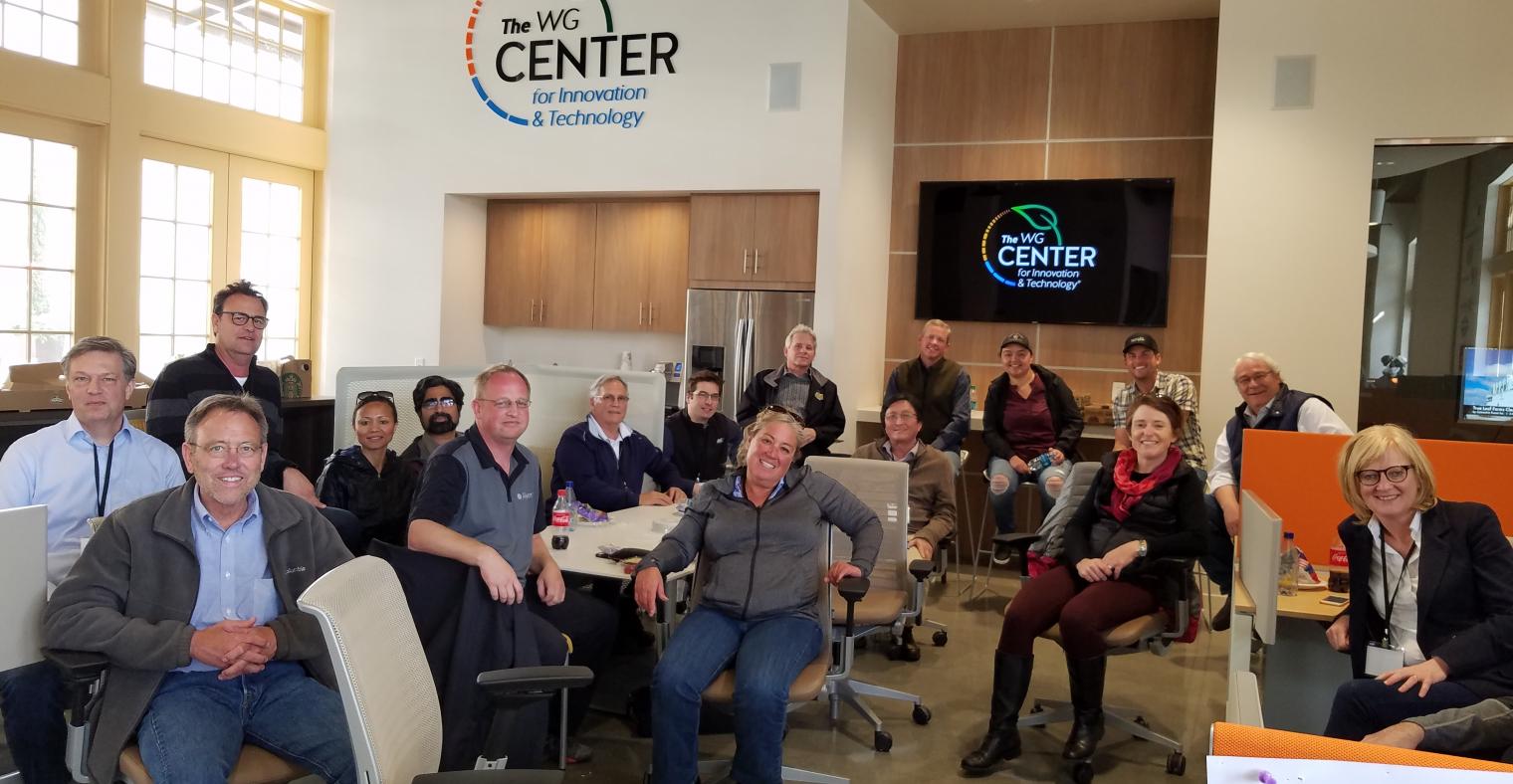GROWERS, PACKERS AND SHIPPERS – WHAT REALLY HAPPENS IN THE FRESH FOOD SUPPLY CHAIN
Posted on April 24, 2018 10:35 AM by WGCIT
By: Kevin Payne
Vice President of Marketing, Zest Labs
How many of us really understand what it takes to provide the fresh fruits and vegetables that we buy at our local grocery store?
Last week I was at the Western Growers Center for Innovation and Technology (WGCIT) in Salinas, California and had the chance to meet with Dennis Donohue, the WGCIT’s Consulting Director. While I’m perhaps more in-tune with the produce industry than your average American, speaking with Dennis demonstrated to me just how much most of us can learn about how our produce is grown, harvested, packed and shipped. Dennis is a wealth of information and spoke with me about many of the various aspects of the fresh food supply chain and what’s involved in getting food from the field to our tables.
Let’s start with the farm. While I was at the WGCIT, there was a panel discussion that featured three local growers, each of whom had a different business model. Jackie operated a berry production facility. She’s a grower/packer/shipper with responsibility for the product from planting it to sending it off to the retail customer. Peter was a grower of row crops (like broccoli). Once the product is harvested, he hands it over to a packer and his role in the supply chain is complete. Tim was from a large produce company that farms over 20,000 acres in California with a wide variety of crops and is also a grower/packer/shipper.
Jackie, for example, discussed the many challenges she faces in producing strawberries. She has to manage labor for planting and harvest, and deal with changing weather conditions and adjustments in supply and demand, just to name a few. She’s been doing this for a while now, but her passion and enthusiasm for what she does and the product she produces simply jumps out at you. For her, it’s a labor of love to produce the finest berries possible. She’s a fine example of the fierce dedication of our growers.
Then there are the harvesters and field workers. There’s a skill to doing these jobs and not many appreciate what it takes to spend a long hot day out in the field hand-picking strawberries or cutting heads of lettuce or harvesting broccoli. Many of these products are field-packed, meaning strawberries, for example, are put into their clamshells in the field by the workers.
Precooling is the next step and it is often the most critical. Most people outside our industry probably don’t even know what precooling is, yet it’s one of the most important elements of the fresh food supply chain. When produce is harvested, heat from the field must be removed as quickly as possible as heat has a tremendous impact on shelf-life. Produce sitting in the field for even an hour after it’s picked can lose a day of shelf-life – several hours can have even more impact on freshness.
Some growers have their own pack houses with precooling facilities. Others work with independent packing and precooling companies. Some of these companies support over a hundred growers across multiple states and handle a wide variety of products from strawberries to leafy greens. Precooling systems can be quite complex (and expensive), but their role in driving the field heat out of the product as quickly as possible is essential for ensuring freshness, quality and food safety. This isn’t always a simple process either, as precooler time and space are finite resources. Ideally, the product coming from the field can be immediately moved into a precooler, but if there’s a large harvest at a specific time or it’s a particularly hot day that requires longer precool times, there may not be enough precooler availability. This creates a juggling act for the precooler operators.
This all happens in a single day. From there the product is stored in a cooled warehouse while it awaits shipping to the retailer or their distribution center as it continues its journey from the farm to our homes.
At Zest Labs, we’re fortunate to work with multiple growers and packing companies. We work to complement their talents and capabilities with our solutions to improve operations and promote freshness and food safety.



